.jpg)
Back
Aristolochia gigantea
| Family Name: | Aristolochiaceae |
| Synonyms: | Aristolochia clypeata |
| Common Name: | Giant Dutchman's Pipe, Pelican Flower |
Name
Classifications and Characteristics
| Plant Division | Angiosperms (Flowering Seed Plants) (Dicotyledon) |
|---|---|
| Plant Growth Form | Climber |
| Lifespan (in Singapore) | Perennial |
| Mode of Nutrition | Autotrophic |
| Maximum Height | 4.6 m to 6 m |
Biogeography
| Native Distribution | Brazil, Costa Rica, El Salvador, Panama |
|---|---|
| Native Habitat | Terrestrial |
| Preferred Climate Zone | Tropical |
| Local Conservation Status | Non-native (Horticultural / Cultivated Only) |
Description and Ethnobotany
| Growth Form | Herbaceous evergreen vine with a climbing or spreading growth habit. |
|---|---|
| Foliage | Light green leaves are heart-shaped with entire leaf margin. Leaves are arranged alternately along the stems, measuring about 15 cm long and 11 cm wide, with whitish hair on the undersides. |
| Flowers | Large flowers (15 cm wide, 30 cm tall) have an unusual, pouchlike shape. The flowers are reddish purple with white, net-like streaks and a yellow throat. Unlike A. grandiflora which also produces large flowers, it does not produce an unpleasant smell. |
| Fruit | Fruits are oblong or cylindrical capsules, measuring to about 13 cm long and 3 cm wide. and will turn from green to brown when mature, splitting open at the top into 7 sections in a 'Chinese Lantern' pattern to release many seeds. The mature fruit capsule is papery. |
| Habitat | Found in tropical forests and stream banks at an altitude of 700 - 1100 m, mostly cultivated. |
| Cultivation | This fast-growing species should be planted in fertile soil that is mildly acidic to mildly alkaline (pH = 6 - 8). Allow 1.8 - 2.4 m of spacing between individuals. It grows well in a sunny spot that is protected from full sun. Propagate by seed. |
| Etymology | The specific epithet "gigantea" refers to the large flowers. |
Landscaping Features
| Desirable Plant Features | Ornamental Flowers |
|---|---|
| Landscape Uses | Parks & Gardens, Vertical Greenery / Green Wall, Trellis / Arbour / Pergola |
Fauna, Pollination and Dispersal
| Seed or Spore Dispersal | Abiotic |
|---|
Plant Care and Propagation
| Light Preference | Full Sun |
|---|---|
| Water Preference | Moderate Water |
| Plant Growth Rate | Fast |
| Rootzone Tolerance | Well-Drained Soils |
| Potential Problems | No serious pests or disease problems. |
| Propagation Method | Seed |
Foliar
| Foliage Retention | Evergreen |
|---|---|
| Mature Foliage Colour(s) | Green |
| Mature Foliage Texture(s) | Velvety / Furry / Tomentose |
| Prominent Young Flush Colour(s) | Green |
| Young Flush Texture(s) | Velvety / Furry / Tomentose |
| Foliar Type | Simple / Unifoliate |
| Foliar Arrangement Along Stem | Alternate |
| Foliar Attachment to Stem | Petiolate |
| Foliar Shape(s) | Non-Palm Foliage (Cordate) |
| Foliar Venation | Palmate |
| Foliar Margin | Entire |
| Foliar Apex - Tip | Acute |
| Foliar Base | Cordate |
Floral (Angiosperm)
| Flower & Plant Sexuality | Bisexual Flowers |
| Flower Colour(s) | Brown |
|---|---|
| Flower Location | Axillary |
| Flower Symmetry | Bilateral |
| Flowering Period | Free-Flowering |
Fruit, Seed and Spore
| Mature Fruit Colour(s) | Brown |
|---|---|
| Mature Fruit Texture(s) | Papery |
| Fruit Classification | Simple Fruit |
| Fruit Type | |
| Mature Seed Colour(s) | Brown |
| Seed Quantity Per Fruit | Numerous (>20) |
Image Repository
Others
| Master ID | 19 |
|---|---|
| Species ID | 1315 |
| Flora Disclaimer | The information in this website has been compiled from reliable sources, such as reference works on medicinal plants. It is not a substitute for medical advice or treatment and NParks does not purport to provide any medical advice. Readers should always consult his/her physician before using or consuming a plant for medicinal purposes. |

.jpg)
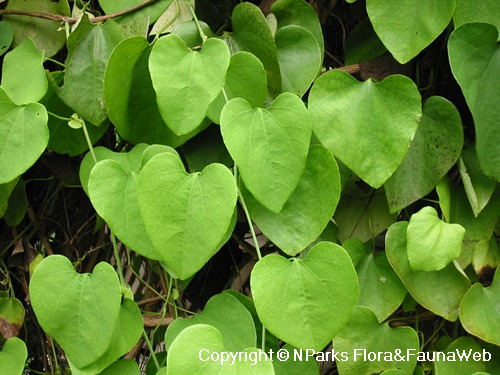
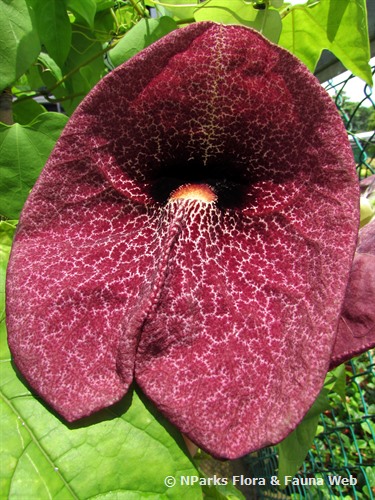

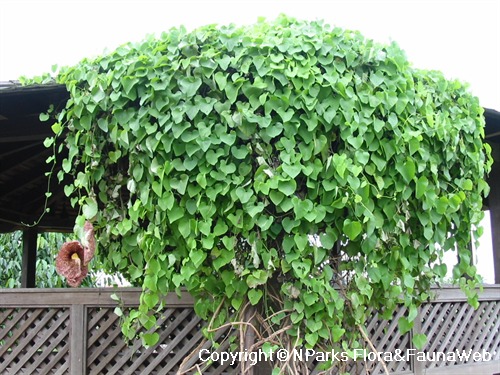
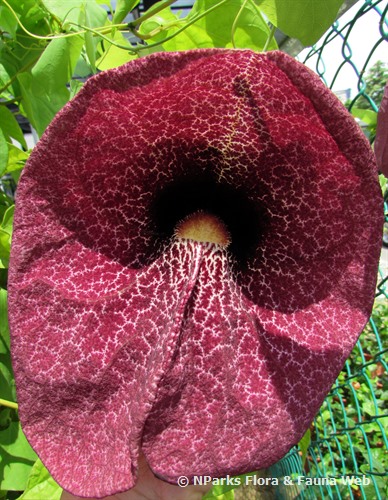
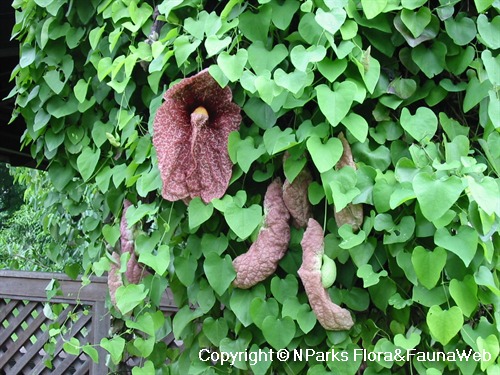

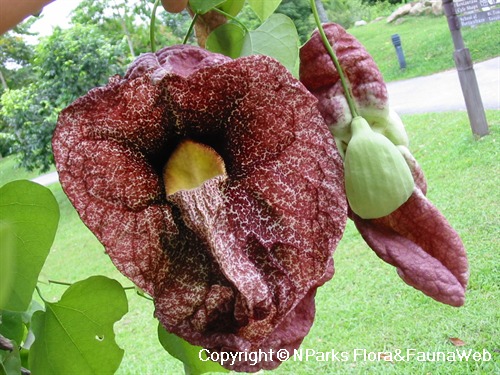
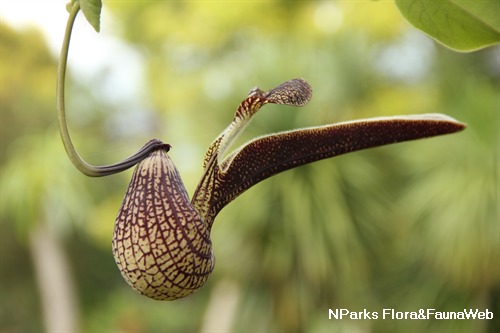
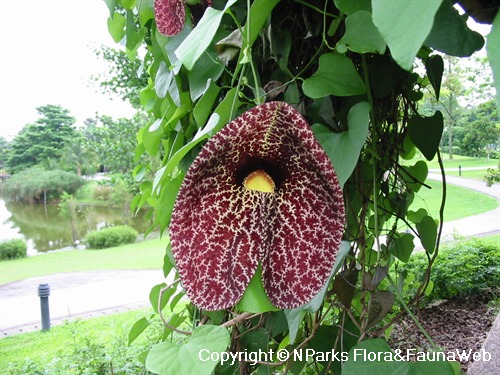
_lowres.jpg)
